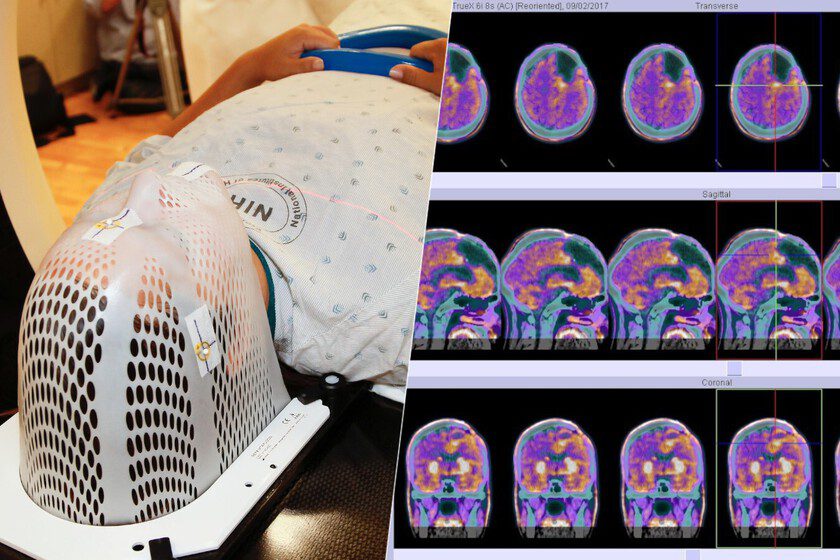The fight against cancer has many dimensions. Numerous teams around the world are trying to find a solution to this disease, and some of the solutions they come up with may seem unorthodox. Like using a virus to kill cancer cells.
First clinical study. A new treatment against glioblastoma has passed the first phase of clinical trials. The treatment was developed by a team of researchers at Brigham and Women’s Hospital, an institution affiliated with Harvard University in Massachusetts, and is based on the use of a virus that attacks cancer cells.
Glioblastomas. The treatment is specifically designed to fight glioblastoma, or GBM, a type of cancer that affects the brain. This disease stands out for its virulence, with a life expectancy of less than 10 months after diagnosis.
Immunotherapy, a treatment that uses the immune system itself to attack tumors, has not yet produced results against the disease. In part, this is due to the environment that surrounds this tumor, “impenetrable” to the immune system, as BWH explains. The goal of this team of researchers was to transform this suppressive environment into a more supportive one.
Cancer virus. This is where a new treatment comes in, a virus capable of fighting this cancer. The team behind the treatment developed a new oncolytic virus capable of infecting tumor cells and triggering an anti-tumor immune response, a variant of the oncolytic herpes simplex virus (oHSV), which they named CAN-3110.
“(The) GBM has an aggressive effect in part due to the environment of immunosuppressive factors surrounding the tumor, which facilitate tumor growth by preventing the immune system from entering and attacking it,” explained Antonio Chiocca, one of those responsible for development and testing. therapy. “This study shows that with the virus we designed, we can reframe this ‘immune desert’ into a pro-inflammatory environment.”
Oncolytic herpes simplex virus. oHSV is already approved for the treatment of metastatic melanoma, although in this case a variant has been created that contains the ICP34.5 gene. This gene has been “knocked out” in other variants of the virus because it has been linked to human disease in the unmodified form of the virus, BWH explains.
However, in this case, this gene could be crucial for achieving the desired inflammatory response. To incorporate this gene safely, they had to “program” the virus so that it would not attack healthy cells.
Part of the effectiveness of this treatment could be due to the appearance of antibodies associated with herpes simplex virus type 1 (HSV1), based on observations made by the team after the first clinical trials. During these tests, the researchers also observed an increase in the diversity of T cells, a key component of our immune response.
Phase 1. Currently, the process of clinical evaluation of this treatment has passed the first phase. This means that we have a long way to go, and there is no guarantee that this treatment can overcome it. This phase has the primary goal of proving that the treatment is safe, although it can also help begin to establish its effectiveness and describe its side effects. Details of this first phase of trials and their results have been published in the form of a journal article Nature.
A study corresponding to this phase 1 was conducted on a sample of 41 participants and managed to demonstrate the safety of the treatment. The team in charge observed seizures in two participants as the most significant side effect. However, more studies will be needed to better define these side effects.
The following stages should determine the effectiveness and efficiency of the treatment. So far, the data shows an increase in life expectancy for participants who are “familiar” with the virus.
Subsequent trials will also serve to adjust the required dose. So far, patients have received a single dose, but the treatment involves six injections over four months.
Fire with fire. Using a virus against cancer may seem like an unorthodox measure, but strategies that may seem strange to the untrained eye are common. For example, we have treatments that try to reprogram cancer cells to attack tumors, and bacteriophage viruses capable of fighting terrifying infections.
In Xataka | Cancers among young people have increased by almost 80% in 30 years. This is a fact that should be taken with a grain of salt.
Image | National Cancer Institute / Llorenzi

